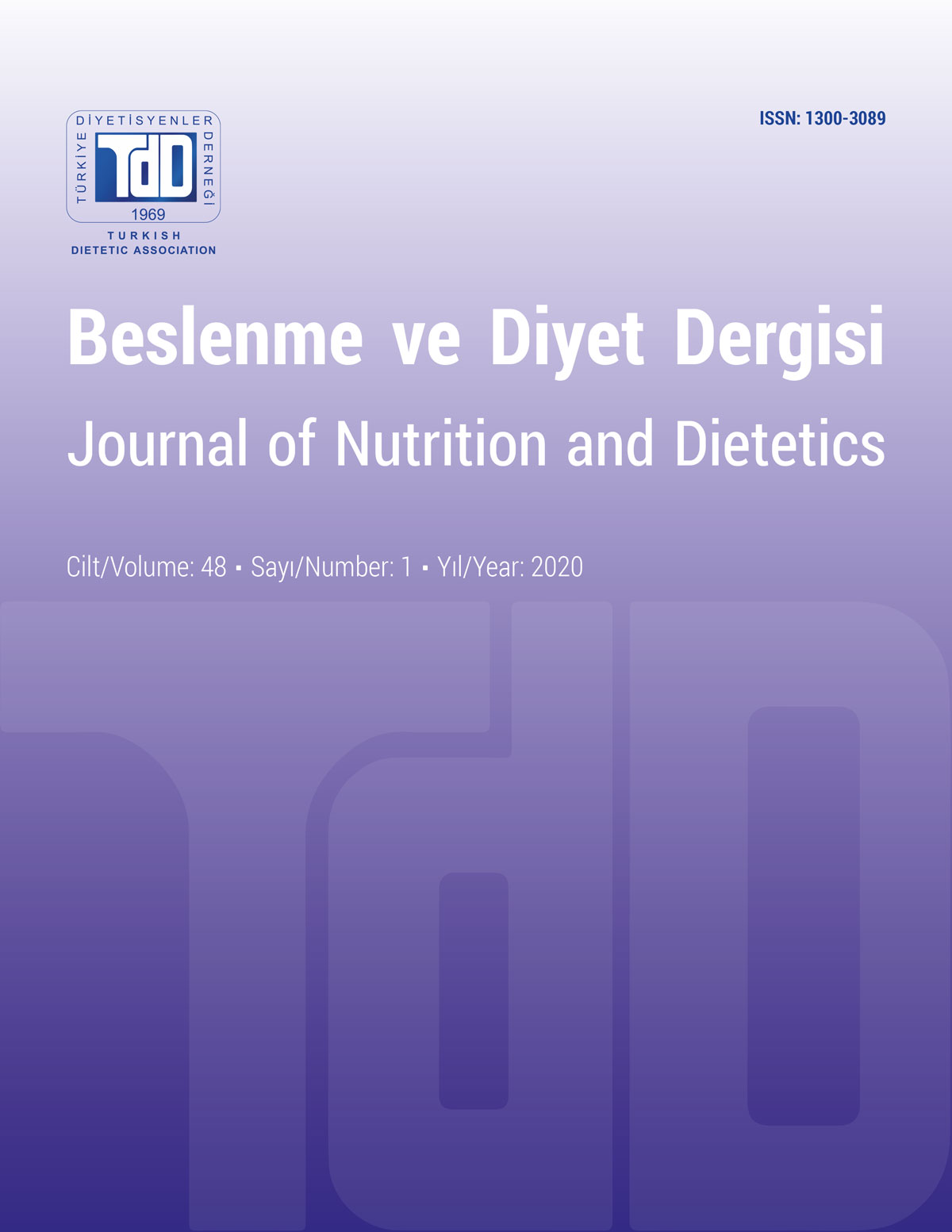Evaluation of Nutritional Status of Hemodialysis Patients According to Demographic Characteristics
DOI:
https://doi.org/10.33076/2020.BDD.1240Keywords:
Hemodialysis, nutritional status, malnutrition, demographic characteristicsAbstract
Aim: To determine the nutritional habits in patients receiving hemodialysis treatment. and to evaluate the relationship between demographic characteristics and nutritional status.
Subjects and Methods: The study was conducted on 128 hemodialysis patients (71 female, 55.5%) aged between 23-85 years. Demographic characteristics and nutritional habits were determined with a questionnaire. Anthropometric measurements were evaluated and biochemical parameters were recorded from patient’s files. Subjective Global Assesment (SGA), Nutrition Risk Screening (NRS-2002) and Malnutrition Inflammation Score (MIS) tests were performed to evaluate malnutrition status of the patients.
Results: According to SGA, 8.6% of the patients had severe and 15.6% had mild to moderate malnutrition, while 21.9% of patients had risk of malnutrition detected by NRS-2002. Median MIS values of female and male patients were 6 and 5 points, respectively (p>0.05). From patients who were at risk of malnutrition according to NRS-2002, 64.2% had an education level of primary school. Half of the patients who were mildly or moderately malnourished according to SGD also had an education level of primary school, while 45.5% and 36.4% of severly malnourished patients were found to be illiterate and primary school graduates, respectively. There was a significant difference in malnutrition status of patients according to education level (p<0.05). However, there was no correlation between MIS scores and age, education and level of income (p>0.05).
Conclusion: The vast majority of hemodialysis patients have low education and income level. The risk and presence of malnutrition is higher among patients with low educational level. It is necessary to consider socio-demographic characteristics of patients during evaluation of malnutrition risk, as well as implementation of nutritional interventions.

